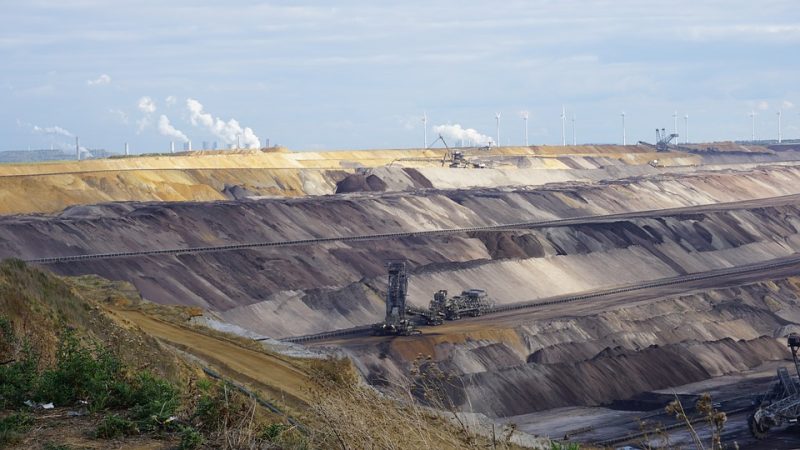
Coal mining is an economic activity. However, mining degrades the soil and water quality and adversely affects the ecology of surrounding area.
The reclamation and sustainable management of mine-affected areas is, therefore, an essential part of mine area development. The Olidih watershed of Jharia coalfield region in the Jharkhand state of India is affected by abandoned opencast mines. The present study aims to analyze the effect of mines on the change in land use/land cover, soil and surface water quality. The study also focuses on reclamation of mine area soil and the hydrological effect of abandoned opencast mines.
Analysis of satellite images showed a 65 percent increase in the area of mines in past forty years (1975 to 2015). An increase in mining activities influenced migration of more people that led to an increase in settlement areas, agricultural land and decrease in forest and barren land.
Analysis of water samples from pre-monsoon (PRM) and post-monsoon (POM) seasons was done to determine the suitability of water for drinking, irrigation, and industrial uses. The water from 16.3% of the watershed area in PRM and 11.4% of the watershed area in POM seasons is not suitable for drinking purpose. The water from 20% of mine area in PRM and 26% in POM seasons is highly saline and not suitable for irrigation use.
Analysis of soil samples collected from study area indicated that soil of the study area is moderately acidic and deficient in organic carbon, macro as well as micro-nutrients. A pot experiment was conducted using the mine area soil to analyze the effect of different inorganic and organic fertilizer treatments on soil chemical properties, crop yield and growth in a maize-cowpea-paddy cropping system.
A randomized complete block design was employed with seven treatments and four replicates per treatment for crop experiment. The significant improvement in mine area soil reclamation was observed with application of lime and organic matter. The soil pH, SOC, available N, P and K of mine area soil was found to be improved to the desired level of crop production.
This study also explores the effect of opencast mines on hydrological processes of the watershed using Soil and Water Assessment Tool (SWAT2012). The calibration and validation of the model were performed using daily streamflow and sediment yield data for the period 2005 to 2008. The alternative scenario of no-mines was modeled to assess the potential impact of opencast mines for the period from 2005 to 2010.
Results show that the abandoned opencast mines alter the hydrologic processes of Olidih watershed. Increase in sediment yield by 14.29%, groundwater flow by 11.34%, evapotranspiration by 3.56% and a decrease in surface runoff by 51.33% and water yield by 6.6% was observed as compared to that of no-mine scenario. Results also indicate that the SWAT model can be satisfactorily applied in the mined watershed to assess the effect of opencast mines on hydrological processes by defining large opencast mines as a pothole.
The study, Impact of Abandoned Opencast Mines on Hydrological Processes of the Olidih Watershed in Jharia Coalfield, India was recently published in the journal Environmental Processes.









